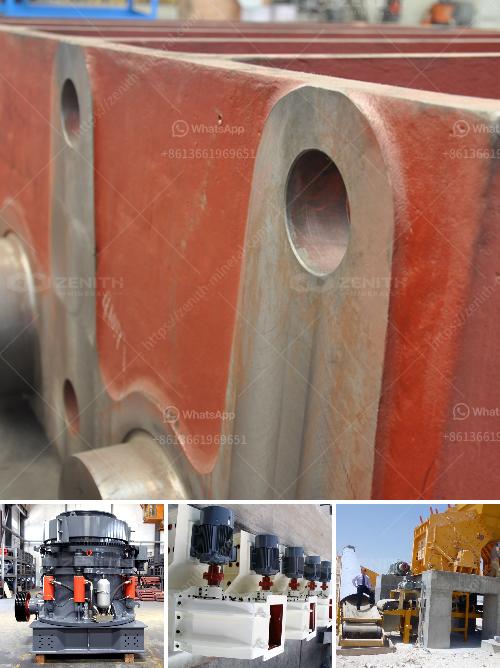Installing and operating a hammer crusher correctly requires careful attention to detail and adherence to safety protocols. Here is a basic guide:
Installation
-
Foundation and Support:
- Prepare a solid foundation to support the hammer crusher.
- Ensure that the foundation can absorb the vibrations produced during operation.
- Use bolts to securely attach the crusher to the foundation.
-
Alignment:
- Ensure that the crusher and drive motor are properly aligned.
- Check and align the crusher belts to ensure they are tight and aligned correctly.
-
Electrical Connections:
- Connect the crusher to an appropriate power supply.
- Verify that all electrical components are properly installed and that safety measures are in place.
-
Lubrication:
- Apply lubricant to all necessary parts of the crusher according to the manufacturer's guidelines.
- Check and top up lubricants regularly.
Operation
-
Pre-Operational Checks:
- Inspect the crusher for any foreign objects or debris.
- Check all bolts and nuts to ensure they are tight.
- Verify lubrication levels are correct.
-
Starting the Crusher:
- Start the crusher without any load to ensure that it runs smoothly.
- Gradually feed material into the crusher once it is running smoothly.
-
Feeding Material:
- Feed material uniformly into the crusher to prevent blockages.
- Avoid feeding excessive amounts at once to prevent overloading.
-
Monitoring During Operation:
- Continuously monitor the crusher for unusual noises or vibrations.
- Check for consistent output size and quality.
- Monitor the temperature and ensure it doesn’t exceed safe operating levels.
-
Safety Protocols:
- Always wear appropriate personal protective equipment (PPE).
- Follow lockout/tagout procedures during maintenance.
- Never attempt to clear blockages or perform maintenance while the crusher is in operation.
-
Shutting Down:
- Gradually reduce the feed material before shutting down.
- Turn off the crusher and allow it to come to a complete stop before performing any inspections or maintenance.
Maintenance
-
Regular Inspections:
- Perform regular inspections to identify and replace worn-out parts.
- Keep an eye on the wear patterns of the hammers and replace when necessary.
-
Cleaning:
- Regularly clean the crusher to remove any accumulated material.
-
Lubrication:
- Maintain proper lubrication according to the manufacturer's schedule.
-
Parts Replacement:
- Keep a stock of essential spare parts for quick replacements to minimize downtime.
Following these steps will help ensure that your hammer crusher is installed and operated safely and efficiently. Always refer to the manufacturer’s manual for specific instructions and guidelines.

